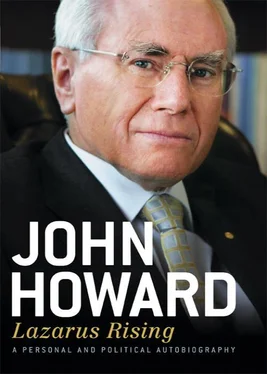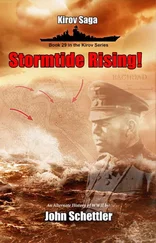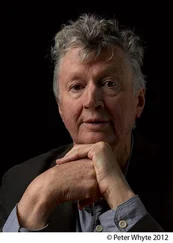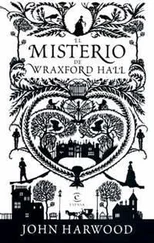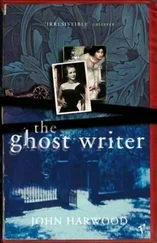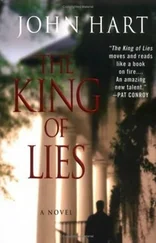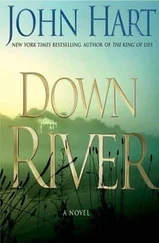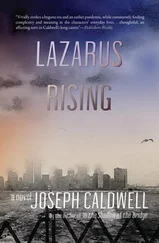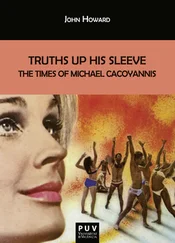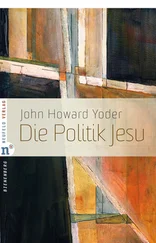1 ...8 9 10 12 13 14 ...53 In 1955 the ALP’s National Conference declared membership of the industrial groups as out of bounds for ALP members. Many rank-and-file branch members, especially in Victoria, reacted against this and left the Labor Party. Seven federal Labor MPs resigned to form a new parliamentary Party, later called the DLP. As most Catholics then supported the Labor party, the split caused huge tension within the Church. Senior prelates took different positions: Archbishop Daniel Mannix of Melbourne backed the DLP, whereas his Sydney counterpart, Cardinal Norman Gilroy, urged Catholics to ‘stay in [the ALP] and fight'.
The new party, at first called the Labor Party (Anti-Communist) made a crucial decision to give its second preferences to the Coalition ahead of the ALP when Menzies called an early election for late in 1955, in part to capitalise on the ALP split. Menzies had already seen the split destroy Victoria’s Cain Labor Government; this catapulted Henry Bolte to office, with the help of Labor Party (Anti-Communist) preferences in May 1955. This preference decision was largely justified by the belief of the new party that the ALP’s foreign policy was not sufficiently anti-communist. Even though all of the seven MPs who had resigned from the ALP lost their seats to the Labor Party in the 1955 poll, that preference decision had far-reaching consequences. It conferred a huge advantage on the Liberal Party in marginal seats, not only in 1955 but also in subsequent elections. Normally 90 per cent of DLP preferences flowed to Liberals.
Many Liberals hung on in circumstances where they would otherwise have lost. This made the decisive difference in the 1961 election, which saw a huge swing against the Menzies Government, resulting in its majority being reduced from 32 at the 1958 election, to just two. Amazingly, in Victoria, where the DLP presence was greatest, the Liberal Party did not lose a single seat. In other states, Coalition seats tumbled. The DLP had saved Bob Menzies. He and other Liberals, such as Malcolm Fraser, never forgot this.
In July of 1964 I gave up the leadership of the Young Liberals and went overseas, following the familiar Australian pattern of the time. Go to London, work for a while, then ‘do Europe', return home. Although I added, atypically then, visits to India and Israel on the way across and a period of weeks in Canada and the United States on the way home. In London I worked for solicitors at Ilford, Essex. This frequently took me to the Stratford Magistrates Court, in East London, putting me in touch with a cross-section of Londoners. Representing people charged with all manner of offences was a huge experience, one that I would like to have pursued for longer.
My time in London coincided with the election of the Labour Government led by Harold Wilson, in October 1964. The Conservatives had been in power for 13 years, having been returned to office under Winston Churchill in 1951. Naturally, I volunteered my services to the Conservative Party, and helped out in a very narrowly held Tory constituency in London, Holborn and St Pancras. Polling day was a cultural shock for an Australian. It was all about getting people out to vote, not handing out how-to-vote tickets at polling booths. Voting in Britain is not compulsory. I spent hours running up and down flights of stairs of council flats in inner London, knocking on the doors of people believed to be Conservative voters, reminding them to vote. I was still on this round at 9.30 pm, and given that the polling booths closed at 10 pm, I developed a diminishing belief that the assurances I would receive that ‘She’ll be right, gov’ meant anything. The Tories lost Holborn and St Pancras.
Winston Churchill died whilst I was living in London, and I watched his funeral procession from Ludgate Hill with an English girlfriend. Returning to her home, I then, with her family, viewed a marvellous speech by our own Prime Minister, Sir Robert Menzies, delivered from the crypt of St Paul’s Cathedral. Menzies’ eloquence and sense of history deeply impressed this small English gathering, and left an Australian supporter feeling very proud.
The Britain I experienced was a nation in clear economic decline; worse than that, it had begun to lose that priceless quality of self-belief. I would not return to Britain for another 13 years when, as a junior minister in the Fraser Government, I paid a short visit. The process that I had sensed in 1964 was much further advanced in 1977.
It was to take that remarkable woman Margaret Thatcher to turn around her nation. I don’t remember her promising any revolutions during her 1979 election campaign. She did, however, deliver one in many areas of British life. The most important one was that of self-belief. She restored Britain’s pride and sense of achievement, as well as her economy.
My brief visit to the United States, on the way home from Europe, had me staying at Columbia University in New York with my cousin Glenda Felton (later Adams), who years later would win the Miles Franklin award with her book Dancing on Coral. It was well into 1965 by the time of my visit, and already mounting opposition to American involvement in Vietnam could be felt on university campuses. Not long before, the civil rights movement, led by Martin Luther King, Jr, had grabbed national consciousness. The enthusiasm of student bodies for the civil rights cause was strong and widespread.
When I returned to Australia I found that a full-scale debate was under way, not only about Australia’s involvement, side by side with the United States, in the war in Vietnam, but also about the decision of the Menzies Government, early in 1965, to bring in conscription to obtain the necessary numbers of troops to meet our country’s commitment. This debate was to continue for another seven years, until all of Australia’s combat troops had been withdrawn from South Vietnam. In that time a huge shift in public opinion took place.
Although the introduction of conscription was always a touchy subject, the Australian public began by endorsing the sending of troops to fight with the Americans. Support for the American alliance was strong; in addition, most Australians broadly accepted the so-called domino theory, namely that if one Southeast Asian country fell to communism, then others might follow, and this could bring potential aggressors closer to Australia.
In 1966 Lyndon Johnson became the first serving American President to visit Australia. He received an enthusiastic reception, and at the federal election at the end of the year the Coalition, led by Harold Holt (who had replaced Menzies as Liberal leader in January 1966), won with a significantly increased majority. Although there remained controversy over conscription, the war itself still attracted support; Holt benefited from that. Over time that would change. As the conflict dragged on, seemingly without end, domestic support for Australia’s commitment declined, and with a spitefulness of which this country should be ashamed, many of those opposed to our military support of South Vietnam vented their hostility towards our soldiers.
Labor’s defeat brought Arthur Calwell’s leadership of the Labor Party to an end and delivered stewardship of the opposition to Gough Whitlam, whose intellect, energy and modernity were to transform the Labor Party and make it an election-winning force.
After my return to Australia I re-entered Liberal Party activities wholeheartedly, and within a few months was back on the state executive, not as a Young Liberal but as a representative of the full membership of the party; this was a big step forward, once again putting me at the centre of the party’s affairs in New South Wales. My association with John Carrick strengthened, as it did with Eric Willis, deputy Liberal leader and, by then, a senior minister in the newly elected Askin Government.
Читать дальше
